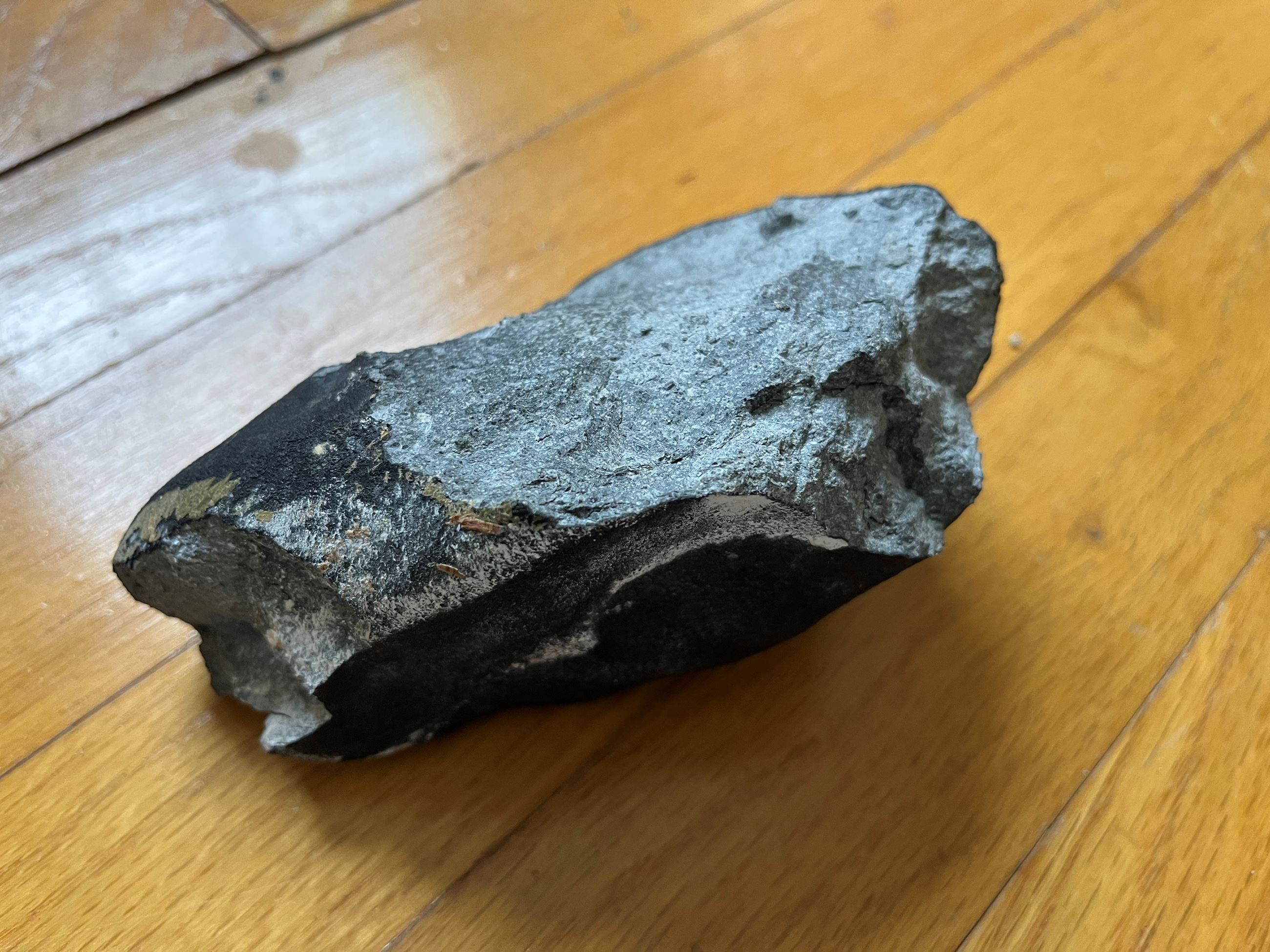Meteorites and volcanoes may have helped jump-start life on Earth
Nobody knows how life got started here, but we're one step closer to learning how its vital components formed.

Iron particles, from meteorites or volcanic ash, could have catalyzed the chemical reactions that formed the building blocks of life over four billion years ago on Earth, a new study suggests.
The oldest fossil evidence for life on Earth is estimated to be between 3.75 and 4.28 billion years old, but nobody really knows how or when life got a foothold on our planet. One way of working toward an answer is to identify how the vital chemical building blocks for life — organic compounds that assemble into amino acids, proteins and eventually RNA and DNA strands — first formed.
Oliver Trapp, a professor of organic chemistry at the Ludwig Maximilians University in Munich and the Max Planck Institute for Astronomy, realized that a process used in chemical engineering that turns carbon monoxide and hydrogen into hydrocarbons (molecules made from carbon and hydrogen atoms), using metallic particles as catalysts, could also have created the hydrocarbon building blocks of life on Earth.
Related: Meteorites could have brought all 5 genetic 'letters' of DNA to early Earth
In particular, Trapp was thinking of iron contained within meteorites as being a potential catalyst.
Trapp's colleague at the Ludwig Maximilians University, Dmitry Semenov, then suggested that iron particles in volcanic ash could also have performed that role. Together with Ludwig Maximilians' Sophia Peters and Rupert Hochleitner of the Mineralogical State Collection Munich, they performed a series of experiments testing both propositions.
The early Earth's atmosphere is thought to have been a noxious mix of methane, hydrogen sulfide and up to 200 times as much carbon dioxide as our air currently contains. Using particles from iron meteorites, iron from stony meteorites, and ash from Mount Etna in Sicily, the experiments showed how iron could have acted as a catalyst for converting carbon dioxide and hydrogen in the early Earth's atmosphere into hydrocarbons, including acetaldehyde and formaldehyde. These organic compounds are among the building blocks of fatty acids, DNA nucleobases, sugars and amino acids.
Breaking space news, the latest updates on rocket launches, skywatching events and more!
Furthermore, the team tested the reactions in all manner of environmental conditions, since the exact environment of the early Earth is unknown.
For example, how volcanic was the early Earth? "Unfortunately, there are almost no geological records from earlier than four billion years ago, so we don't really know how many active volcanoes would have been present at that time," Semenov told Space.com in an interview.
A significant degree of volcanism would have been needed to produce enough catalysts, but too much and the ash would have blocked the young sun's light, reducing temperatures on Earth. All the experiments required temperatures above 300 degrees Fahrenheit (150 degrees Celsius) to operate efficiently, and the young Earth, perhaps tens of millions to 100 million years after the formation of the moon 4.5 billion years ago, would still have been very hot, with steaming oceans above recently solidified magma.
Earth was also being heavily bombarded by meteorites and asteroids during this era, evidence for which can be found in the form of them having left their mark on our nearest neighbor, the moon.
While it remains unclear whether the dominant source of catalysts would have been meteorites or volcanoes, their new model joins others that also describe how life's building blocks could have formed. These include chemical reactions in hydrothermal vents deep in the ocean floor, the formation of organic molecules in deep space that were then brought to Earth by meteorites and asteroids, and lightning discharges in a hydrocarbon-rich atmosphere.
However, it may not necessarily be a competition between rival models; all of them could have been important to some degree.
"I personally believe that a multitude of organic syntheses and sources of organic matter have contributed to the origin of life," said Semenov. "The relative importance of individual scenarios depends on the environment where the first life emerged, and we don't yet know exactly where it happened."
The findings, published online today (May 25) in the journal Scientific Reports, widen the range of possibilities for how life may have formed on Earth, and possibly increase the chances of it having formed elsewhere in the universe, too.
"The most important conclusion from our study is that the catalytic particles could have been produced both from meteoritic and volcanic sources," said Semenov. Whether meteorites or volcanoes were the dominant source of those catalysts, "the organic synthesis that we have studied experimentally would use whatever particles were available on the early Earth."
Follow Keith Cooper on Twitter @21stCenturySETI. Follow us on Twitter @Spacedotcom and on Facebook.

Keith Cooper is a freelance science journalist and editor in the United Kingdom, and has a degree in physics and astrophysics from the University of Manchester. He's the author of "The Contact Paradox: Challenging Our Assumptions in the Search for Extraterrestrial Intelligence" (Bloomsbury Sigma, 2020) and has written articles on astronomy, space, physics and astrobiology for a multitude of magazines and websites.
